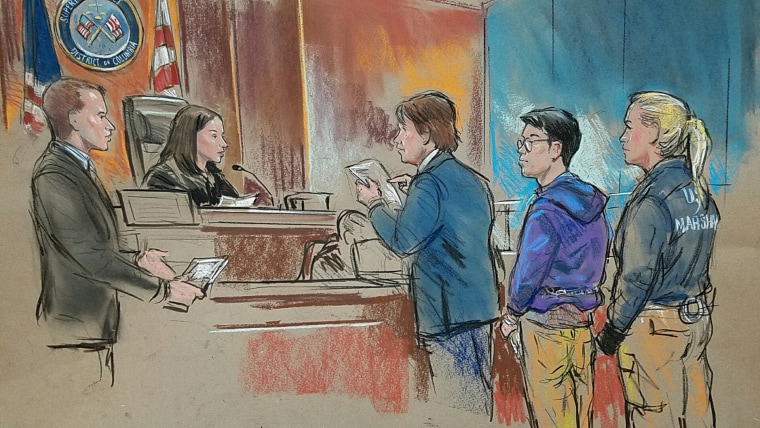The 26-year-old man who jumped the fence at the White House last week was released Monday and ordered to stick close to his Northern California home until his April court date in Washington, D.C.
Jonathan Tuan-Anh Tran, wearing a backpack and carrying a letter to President Donald Trump, was arrested late Friday in a restricted area on the east side of the White House complex, authorities said in court documents.
He could face 10 years in prison on a charge of entering a restricted space while carrying a dangerous weapon. Authorities said he was carrying two cans of Mace.
The Secret Service said in a charging affidavit that surveillance video recorded Tran jumping a fence near the Treasury Building next to the White House security fence shortly before midnight Friday. He hid behind a White House pillar before heading for the South Portico, according to the affidavit.
A Secret Service officer spotted him and placed him under arrest. According to charging documents, the officer asked Tran whether he had a pass, and he replied: "No, I am a friend of the President. I have an appointment."

He told the officer, "I jumped the fence," according to the court documents.
The Secret Service said that in addition to the two cans of Mace, Tran was carrying his passport, an Apple laptop, a book written by Trump and the letter to Trump, which reported that he had information about "Russian hackers."
Trump had no scheduled meeting with Tran. Tran alleged his "phone and email communications [had been] read by third parties" and that he had "been called schizophrenic," court documents state.
